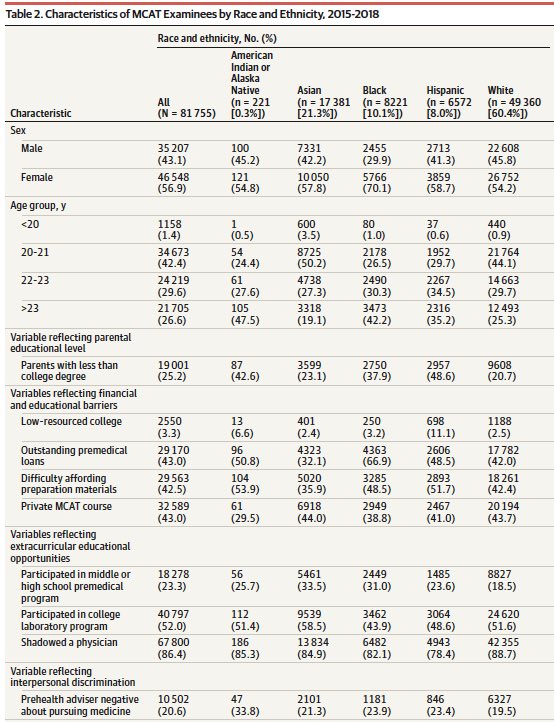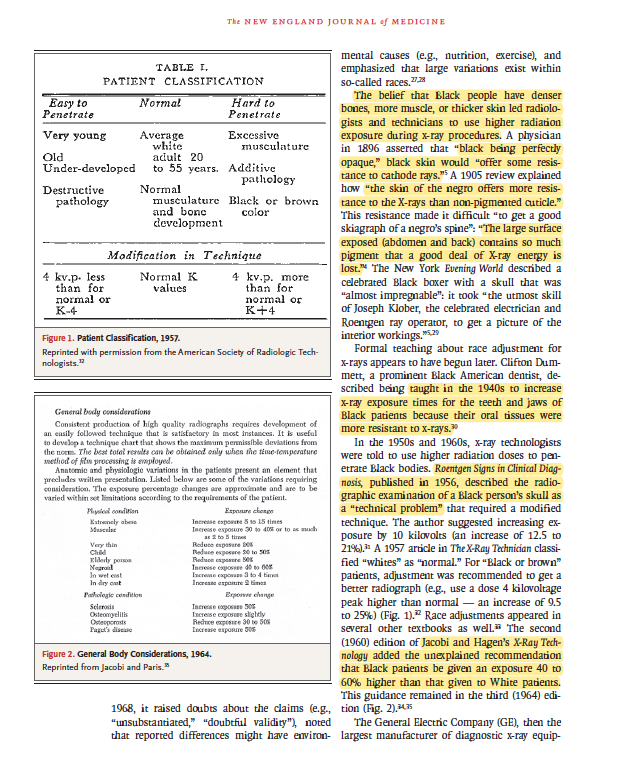1/ 🧵 NEW Editorial.
In the latest issue of @JAMA_current, my mentor Michael Fine, Donna Washington and I were invited to discuss a new 📝 on disparities in SGLT2i and GLP1-RA use for diabetes and what it means for the field of #Pharmacoequity research.
jamanetwork.com/journals/jama/…

In the latest issue of @JAMA_current, my mentor Michael Fine, Donna Washington and I were invited to discuss a new 📝 on disparities in SGLT2i and GLP1-RA use for diabetes and what it means for the field of #Pharmacoequity research.
jamanetwork.com/journals/jama/…


2/ As has been discussed frequently over the last month with the insulin co-pay provisions in the #InflationReductionAct, >37 million people in the US have #diabetes.
Regrettably, underrepresented racial and ethnic groups folks have ⬆️ rates of diabetes.
jamanetwork.com/journals/jama/…
Regrettably, underrepresented racial and ethnic groups folks have ⬆️ rates of diabetes.
jamanetwork.com/journals/jama/…

3/ Even with the ⬆️ rates of diabetes, Black, Hispanic, and Asian patients in the US have been shown to have lower rates of #diabetes treatment, especially with the newer drugs available such as SGLT2i & GLP1-RAs.
SGLT2: jamanetwork.com/journals/jaman…
GLP1: jamanetwork.com/journals/jama-…

SGLT2: jamanetwork.com/journals/jaman…
GLP1: jamanetwork.com/journals/jama-…


4/ And so @jlampre & team wanted to see if similar disparities exist in VA.
TL;DR: Patients of several different racial groups & those of Hispanic ethnicity had ⬇️ odds of receiving SGLT2i & GLP1-RA therapies.
jamanetwork.com/journals/jama/…
@Peralta_KHRC @Ndichu_Muiru @LTummalapalli
TL;DR: Patients of several different racial groups & those of Hispanic ethnicity had ⬇️ odds of receiving SGLT2i & GLP1-RA therapies.
jamanetwork.com/journals/jama/…
@Peralta_KHRC @Ndichu_Muiru @LTummalapalli

5/ We note that “to truly achieve #Pharmacoequity, we need 3rd-generation research that develops, evaluates & implements evidence-based interventions to eliminate disparities and 4th-generation research that directs action against the structural determinants of unequal care...” 



6/ We also highlight that while the disparities described by @jlampre et al. are key, this is a regrettably common phenomenon:
New 💊 comes out, individuals from communities of color are last in line to receive them.
From diabetes and #AFib to #COVID19.
jamanetwork.com/journals/jama/…
New 💊 comes out, individuals from communities of color are last in line to receive them.
From diabetes and #AFib to #COVID19.
jamanetwork.com/journals/jama/…

7/ My hope is that as we move closer towards achieving #Pharmacoequity, through research like the latest in
JAMA, but especially through policy changes to enhance access, reduce cost, eliminate bias, and improve quality of 💊 care, we can ⬇️ disparities.
jamanetwork.com/journals/jama/…
JAMA, but especially through policy changes to enhance access, reduce cost, eliminate bias, and improve quality of 💊 care, we can ⬇️ disparities.
jamanetwork.com/journals/jama/…

8/8 Finally, the opportunity to write this piece was a true *ikagai* moment.
Hard to imagine that a year from introducing #Pharmacoequity, I would read it in the 1st sentence of a JAMA article. 🙏🏾
Grateful to the village around supporting this work. 👊🏾
jamanetwork.com/journals/jama/…

Hard to imagine that a year from introducing #Pharmacoequity, I would read it in the 1st sentence of a JAMA article. 🙏🏾
Grateful to the village around supporting this work. 👊🏾
jamanetwork.com/journals/jama/…


• • •
Missing some Tweet in this thread? You can try to
force a refresh



























